Bitcoin Runes fees surpass 1,200 BTC as miners reap rewards post-halving

Bitcoin miners are reaping the benefits of Runes after the halving, with skyrocketing transaction fees lessening the impact of reduced block rewards.

Bitcoin miners have enjoyed a reprieve from the anticipated supply shock of reduced block rewards as the implementation of Runes sends transaction fees sky-high.
Two of the biggest mining firms operating in the United States highlighted the positive influence of Runes from both a financial and functional perspective in correspondence with Cointelegraph.
Greg Beard, CEO of Stronghold Digital Mining, said that the first week following the halving led to an anticipated decline in mining revenue from the reduction in Bitcoin (BTC) mining rewards. However, Beard said that Runes have been a welcome reprieve from the expected decline in BTC rewards.
“This decrease was unexpectedly offset by a significant increase in transaction fees. Simply put, what we lost in rewards, we made up for in transaction fees.”
Adam Swick, Marathon’s Chief Growth Officer, echoed these sentiments as he highlighted spiking fees following the halving, fueled by the launch of Runes and broader network activity.
“This has certainly helped to lessen the impact of halving, or perhaps delay the impact depending on how long the fees persist,” Swick said.
According to Swick, the most immediate impact post-halving has been heightened transaction fees, which have almost offset the halving.
He added that Marathon had meticulously planned around potential volatility of BTC price and global hash rate and the firm’s day-to-day operations have not been affected as a result.
Runes have contributed 1,200 BTC in fees to miners
Rune transactions have added over 1,200 BTC worth of transaction fees to miners since the Bitcoin halving took effect, according to Swick.
Runes — a new token standard on Bitcoin that allows users to create more efficient fungible tokens on the preeminent cryptocurrency’s blockchain — have led to mixed reactions from the Bitcoin community.
Related: What are Bitcoin Runes, and how do they differ from BRC-20 tokens?
Bitcoin maximalists have argued that the advent of BRC-20 tokens, made possible by the creation of Inscriptions and Runes by Casey Rodarmor, has taken away from the network’s primary purpose.

According to both Beard and Swick, mining firms are taking a more positive outlook given the impact of Runes just two weeks post the halving.
Beard suggested that there is a speculative element toward the impact of Runes and blockchain inscriptions and increased transaction fees. Describing the latest Bitcoin halving as the equivalent of “Crypto’s Super Bowl,” Beard added that increased interest in BTC has also played a part in increased fees.
Stronghold’s CEO believes it is important to consider where these fees will eventually normalize. Beard said that as more functionalities are built on Bitcoin, future trends may lean toward higher transaction fees. He said:
“From a miner’s perspective, it’s too early to depend on these potential increases without witnessing firsthand the tangible benefits and broader adoption of these technologies.”
Good for miners, good for Bitcoin?
Swick believes that the Bitcoin ecosystem is benefitting from innovations like Ordinals and Runes and that miners, in particular, have received a timely boost as competition for dwindling block rewards continues.
“Anything that increases usage and adoption of the Bitcoin blockchain is good for miners, and good for the Bitcoin ecosystem as a whole.”
Beard said that miners definitely view functionalities like Runes as a positive development as competition for Bitcoin rewards increases along with the hash rate.
Stronghold’s CEO added that the addition of new functionality to the world’s largest decentralized network not only diversifies the Bitcoin use but also supports its growth by attracting more users, which ultimately could lead to higher transaction fees.
Jag Kooner, head of derivatives at Bitfinex, told Cointelegraph that miners typically view innovations like Runes positively if they enhance the blockchain’s functionality and attract more transactions. This inevitably leads to increased fees per block and greater overall mining profitability.

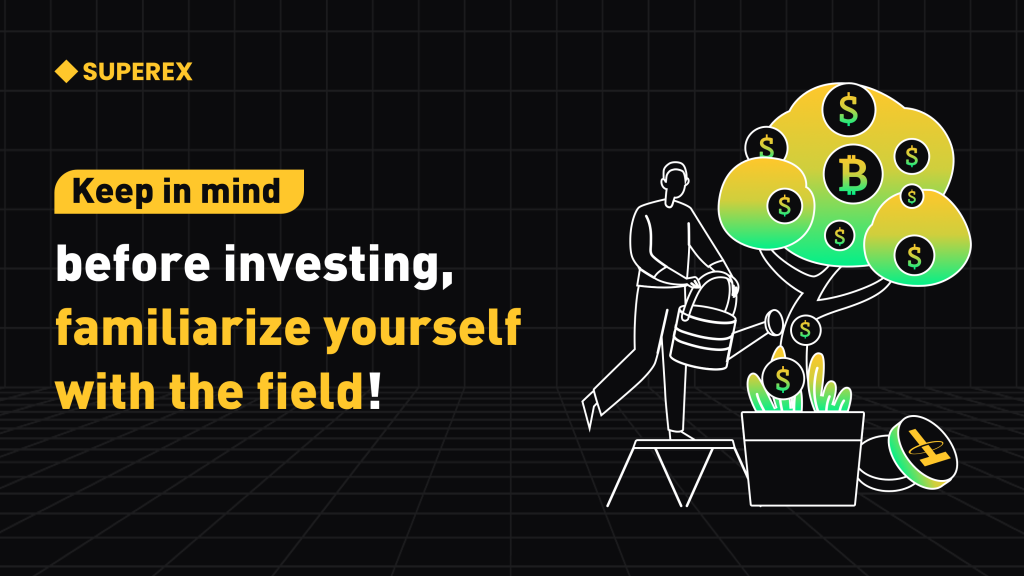
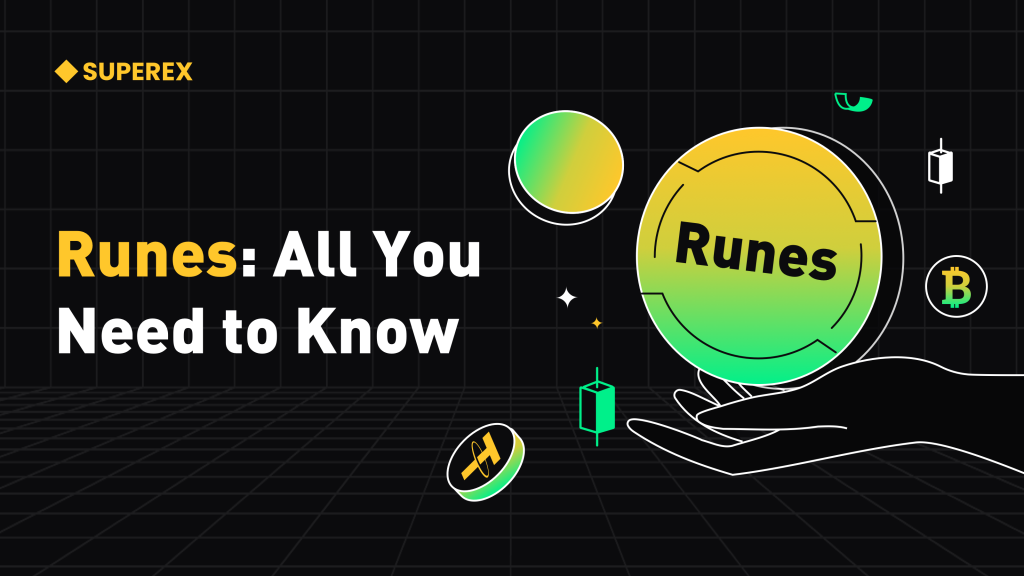
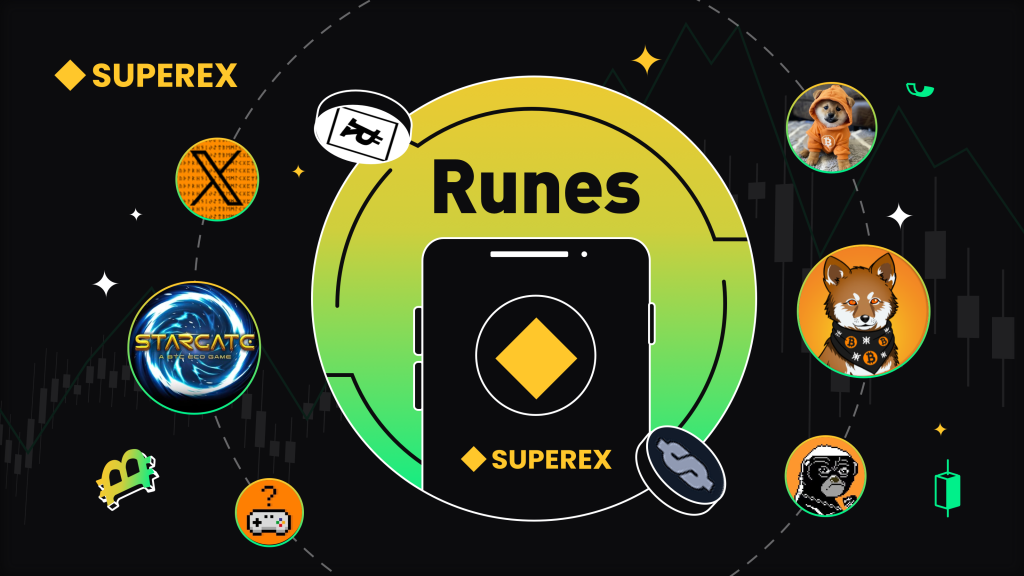
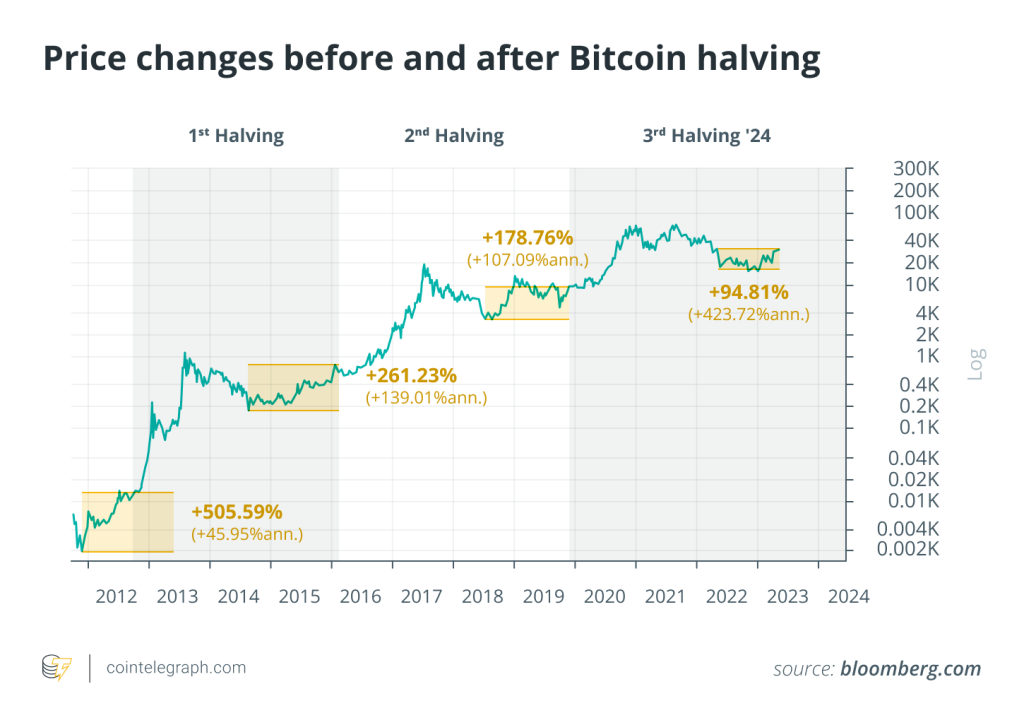
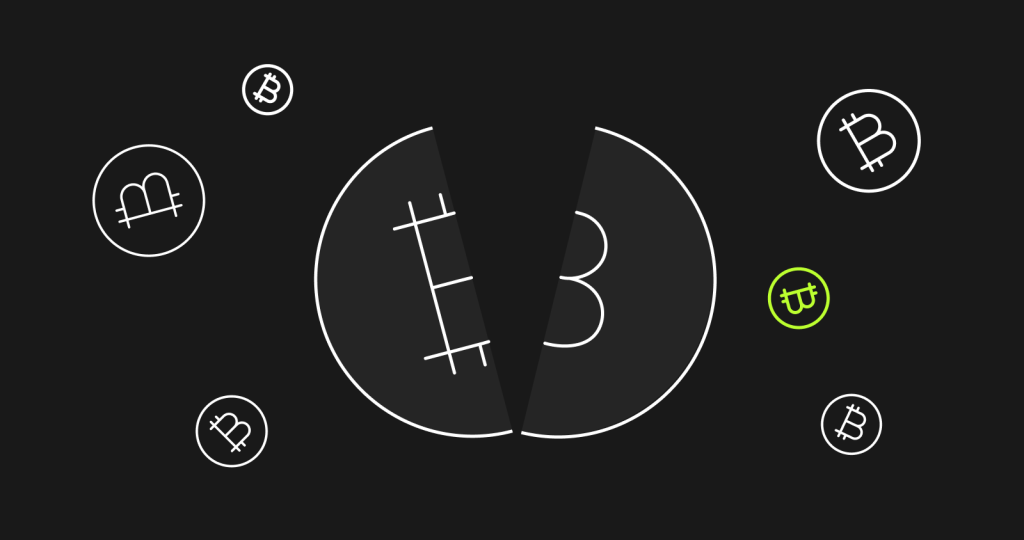
Responses